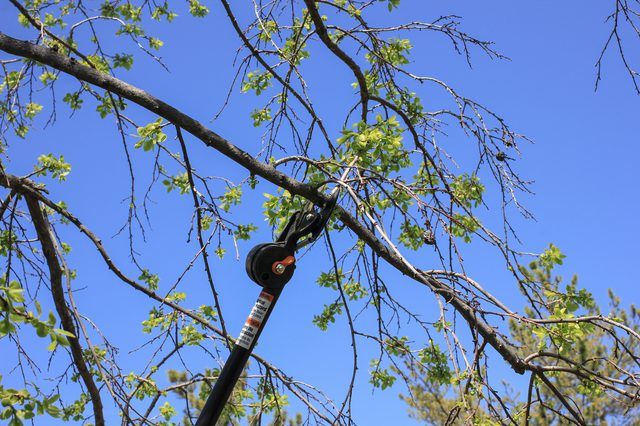Bulbs
Flower Basics
Flower Beds & Specialty Gardens
Flower Garden
Garden Furniture
Garden Gnomes
Garden Seeds
Garden Sheds
Garden Statues
Garden Tools & Supplies
Gardening Basics
Green & Organic
Groundcovers & Vines
Growing Annuals
Growing Basil
Growing Beans
Growing Berries
Growing Blueberries
Growing Cactus
Growing Corn
Growing Cotton
Growing Edibles
Growing Flowers
Growing Garlic
Growing Grapes
Growing Grass
Growing Herbs
Growing Jasmine
Growing Mint
Growing Mushrooms
Orchids
Growing Peanuts
Growing Perennials
Growing Plants
Growing Rosemary
Growing Roses
Growing Strawberries
Growing Sunflowers
Growing Thyme
Growing Tomatoes
Growing Tulips
Growing Vegetables
Herb Basics
Herb Garden
Indoor Growing
Landscaping Basics
Landscaping Patios
Landscaping Plants
Landscaping Shrubs
Landscaping Trees
Landscaping Walks & Pathways
Lawn Basics
Lawn Maintenance
Lawn Mowers
Lawn Ornaments
Lawn Planting
Lawn Tools
Outdoor Growing
Overall Landscape Planning
Pests, Weeds & Problems
Plant Basics
Rock Garden
Rose Garden
Shrubs
Soil
Specialty Gardens
Trees
Vegetable Garden
Yard Maintenance
How to Prune Persimmon Trees
How to Prune Persimmon Trees. Persimmon trees require very little maintenance. Pruning once a year is important to the development of the tree as it begins to grow and bear fruit. Persimmon trees bear fruit on new growth so the optimal time to do it is late winter or early spring so that buds are stimulated. Pruning can also be done in early...
Persimmon trees require very little maintenance. Pruning once a year is important to the development of the tree as it begins to grow and bear fruit. Persimmon trees bear fruit on new growth so the optimal time to do it is late winter or early spring so that buds are stimulated. Pruning can also be done in early summer, but this is done more to slow down the growth of trees that are growing too large.
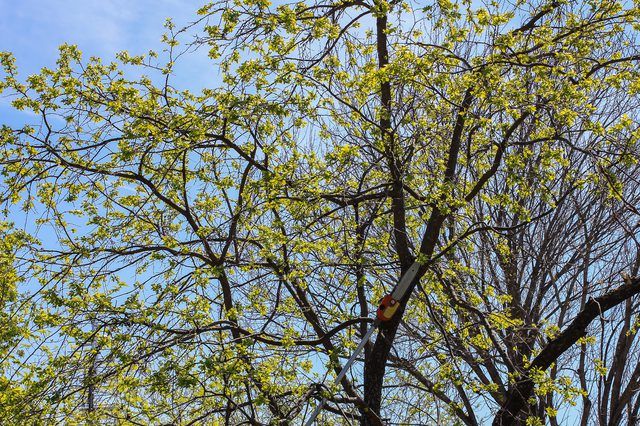
Things You'll Need
Persimmon tree
Tree pruners
Ladder
Tree paint
Step 1
Scan persimmon trees for broken, crossing and diseased branches. Also locate any branches that are shaded from sun as they will not produce fruit.
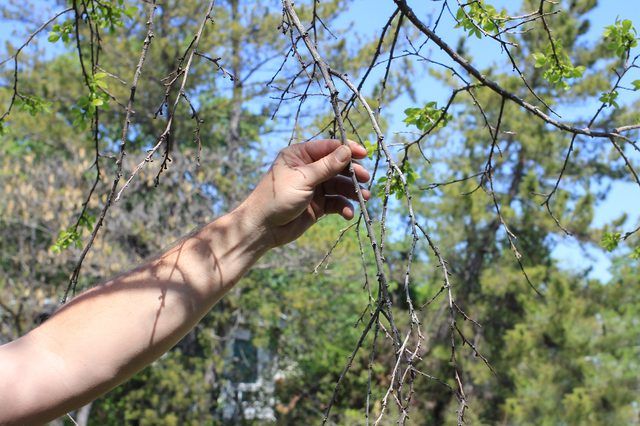
Step 2
Cut back problem branches with tree pruner to approximately the third bud inside the tree.
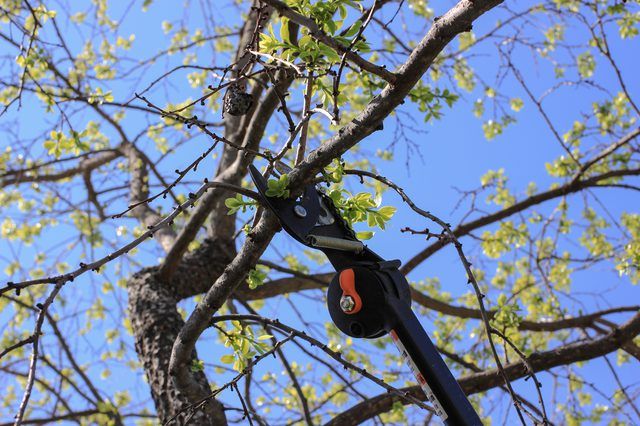
Step 3
Locate any branches growing upright and bend them to a 45-degree angle. Upright branches tend to not produce fruit. Horizontal growing branches do.
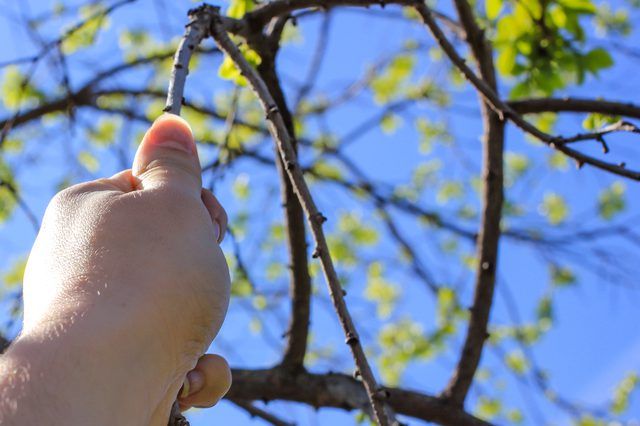
Step 4
Trim all other branches back by 1/3, heading back to a bud that is facing the direction you would like the tree to grow. Do not leave stubs. This will stimulate new growth.
